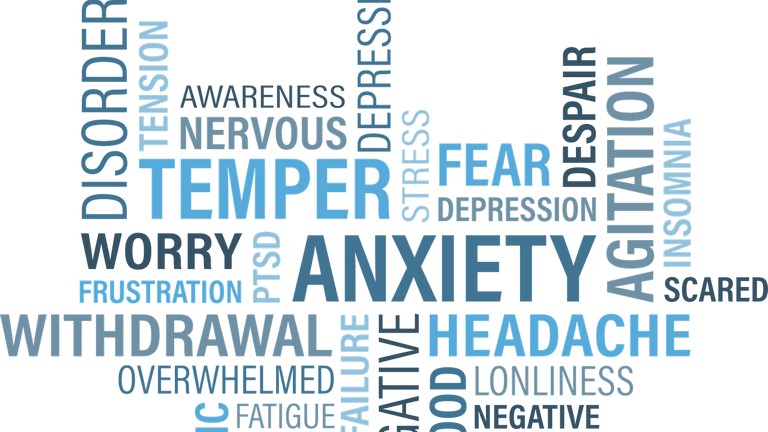The Theoretical Research section includes a review of neuropsychological outcomes of Spina Bifida Myelomeningocele (J.M. Fletcher& J. Juranek), an analysis of the dual-system model of social anxiety disorder that views the disorder through the biopsychosocial systems of social-rank and affiliation (E. Gilboa-Schechtman) and a review of recommendations and considerations for implementing school-based screenings for children with developmental language disorder (R. Komesidou & R. Summy).
The Empirical Research section includes a paper by I.A. Aslanov et al. about the influence of category label and metaphor on judgments about mental disorder characteristics. The paper by J.K. Boland and C.E. Henderson studies the impact of personality on the relationship between physical activity and alcohol use. In the manuscript by R.P. Egan and D.A. Smith, the dyadic implementation of a modified experimental paradigm for inducing rumination and distraction is described. E.L. Gorman et al. evaluates the specific contribution of depression and anxiety to academic outcomes, pointing to the finding that targeting anxiety specific symptoms in schools may be effective in improving academic outcomes. The section is concluded by the manuscript by D. Vaclavik et al. about the use of transcranial direct current stimulation as an augmentation strategy for attention bias modification treatment in adolescents with anxiety disorders.
The Applied Research section contains a study by B.E. Galicia et al. about the training of clinical psychologists working with undocumented Latinx immigrant minors.
The issue is concluded by a methodological paper by M.A. Zhukova et al. providing a narrative review of complementary and alternative treatments for autism spectrum disorders.
The full content of the issue is available at the link: https://psyjournals.ru/en/psyclin/2020/n3/index.shtml
